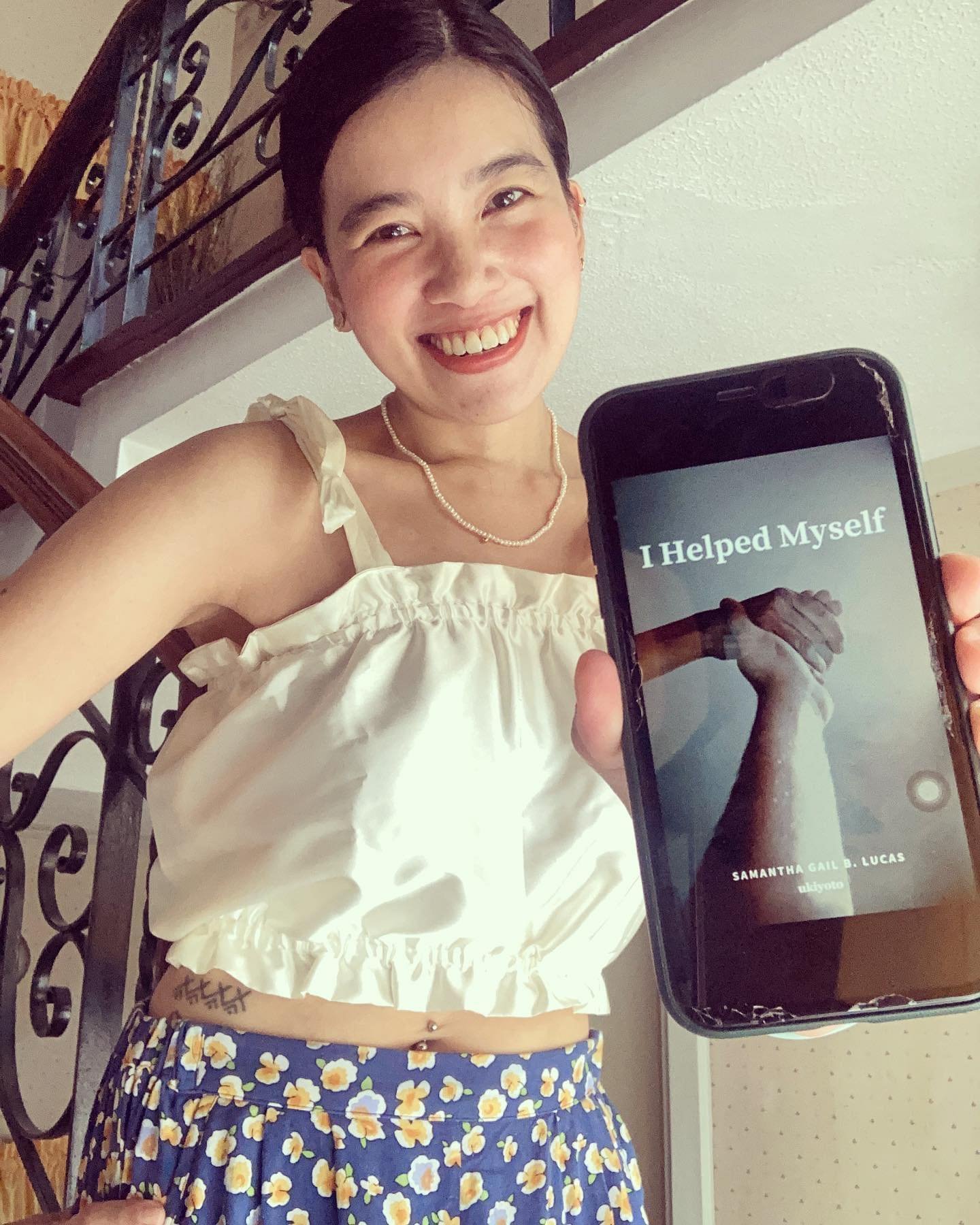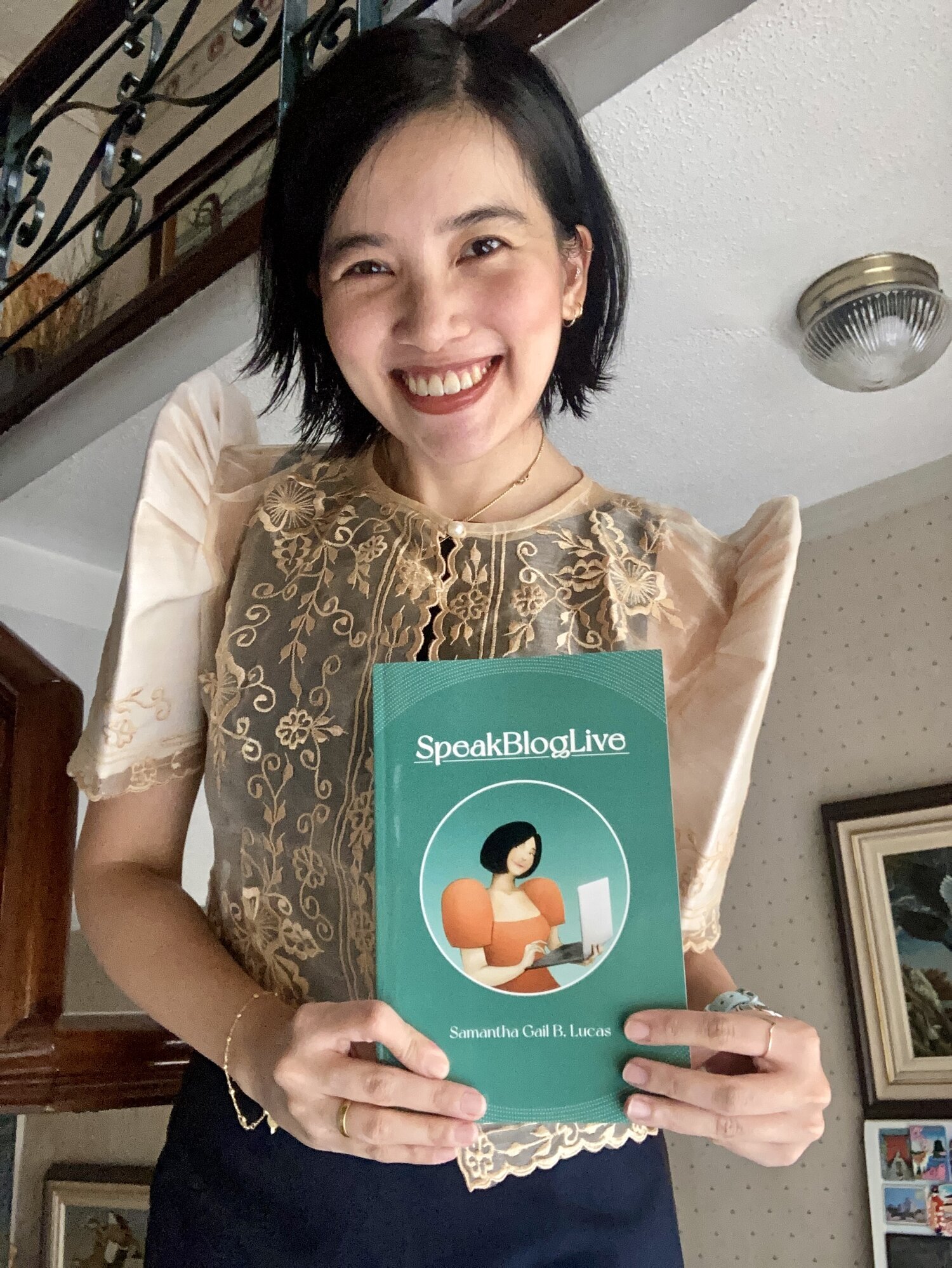I always have a photo taken by the auditorium
Legit pass!
Simple breakfast at the cafeteria 🍳
But first, coffee ☕️
I have shared yesterday about the novelty of joining a conference online for the first time. I had quite an information overload on the first day of the 2nd Asia Finance Forum, yet I was eager to livestream the second day of the conference. So imagine my surprise when I received an email that my registration has been confirmed for days two and three. I was floored because while I did appeal for a chance to join the conference in person, I was not expecting any outcome because I was aware of the large delegation for this year’s forum. I was happy to be given this rare chance to be a visitor of the Asian Development Bank, and if there is anything that I have learned even before signing up at the reception area, it would be the value of asking. I asked for a chance to attend the conference even if I was told that I could only livestream it, and I was granted a seat for the rest of the conference. There is value in asking for another chance, because it is where possibilities and opportunities are realized.
Being here is a dream come true
Let the light in 💡
I have learned from yesterday’s sessions that the opportunities far outweigh the risks.
Hanging out at the ADB Library
FinTech is highly vulnerable to security risks, but the transformative power it has enables companies to take a leap of faith. Balancing risk and innovation is essential to ensure that development is sustainable.
In FinTech and in life, it is important to assess the risks involved and to keep on going, as long as the possibilities outweigh the hurdles along the way.
It is important to innovate, but it should be partnered with empathy every step of the way. Design thinking should be applied to solve problems, especially when it comes to including the unbanked in FinTech progress. To be people-centric involves research and in-depth community immersion. Without knowing the needs of the people it aims to serve, FinTech companies cannot say that they innovate in a sustainable and inclusive manner.
Another surprising turn was a lunchtime talk at the library which featured news anchor and public speaking coach Steve Dawson. He spoke on Storytelling for Presenters. I have learned the following from his insightful talk:
- Nerves are good! Being nervous is an indication of focus. Just do not let your nerves distract or rattle you.
- Storytelling is about digression. Explore your topic by including related details that could add humor and spice to your subject. For example, Steve spoke about his daughter’s triumph over dyslexia, and the astounding fact that she is now on her way to Australia for university. While speaking about his daughter, he became emotional and his feelings as a father became evident. It added interest to his story though, and it hooked his audience on his daughter’s journey from struggle to graduation.
- Know your audience. Never underestimate the power of research when it comes to understanding who your listeners are.
- Storytelling is about sharing. It is the art of connecting with your audience that makes you an effective speaker. Simplify complex information to make it easier for you to share. Make it entertaining too so your story could resonate with your listeners.
I had a productive day and I was able to appreciate how innovation could personally motivate me to assess risks and seek opportunities. I also got inspired to communicate better by adopting a storytelling approach. I look forward to tomorrow’s talks with an open mind that is ready to innovate.
The auditorium
Matcha muffin and quiche for morning coffee snacks
Sketching helps me absorb information
Lunch
Lunchtime learning at the library!
Chocolate bread pudding with vanilla sauce
Cocktail food
Cocktail food
Cocktail food
Cocktail food
Cocktail food
























